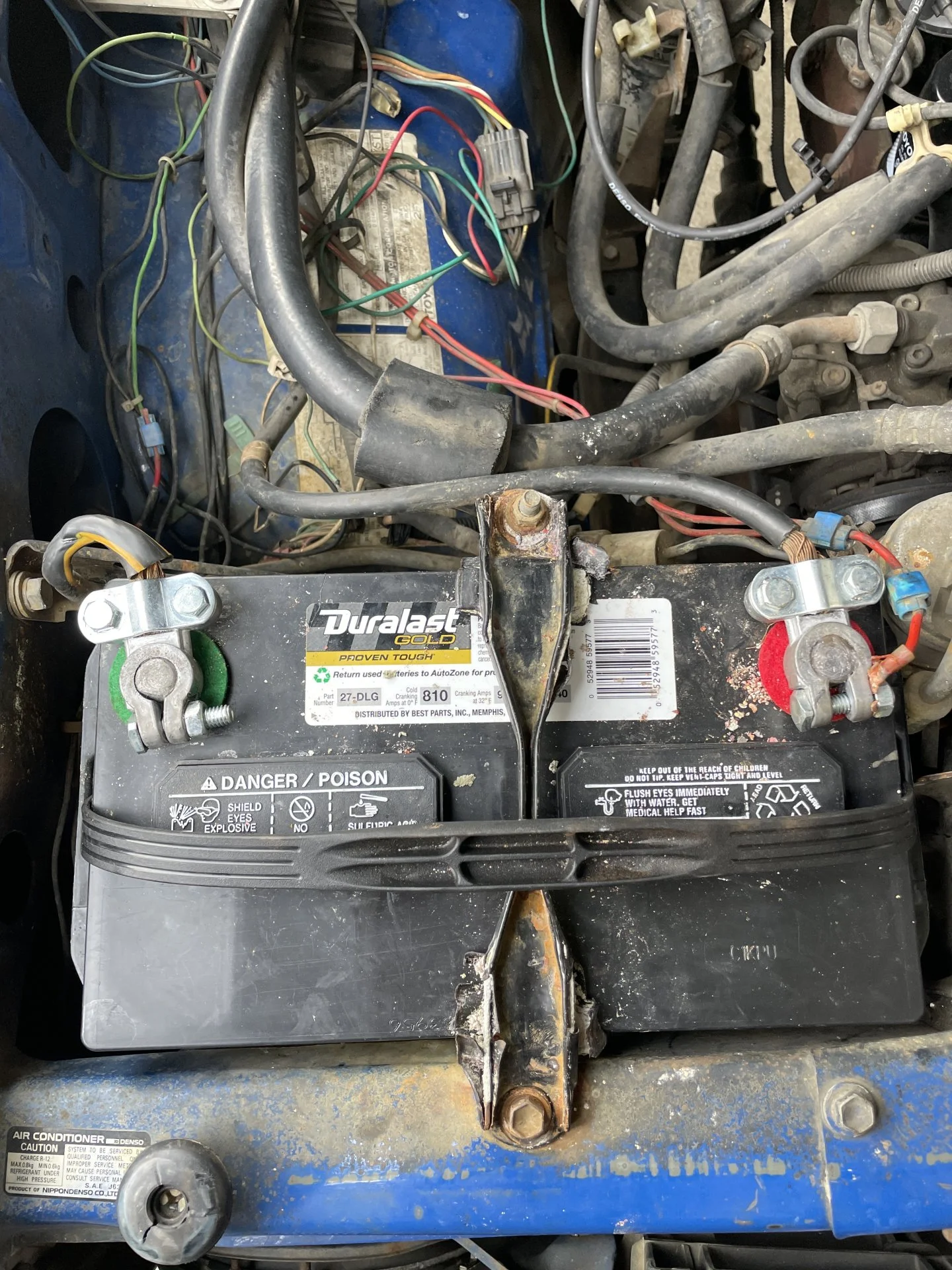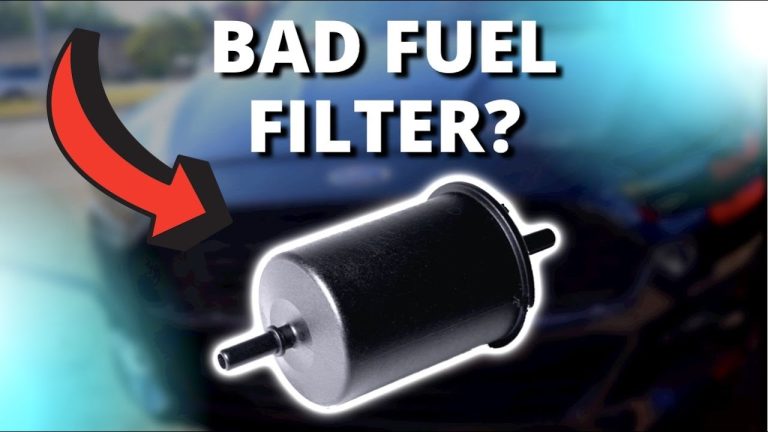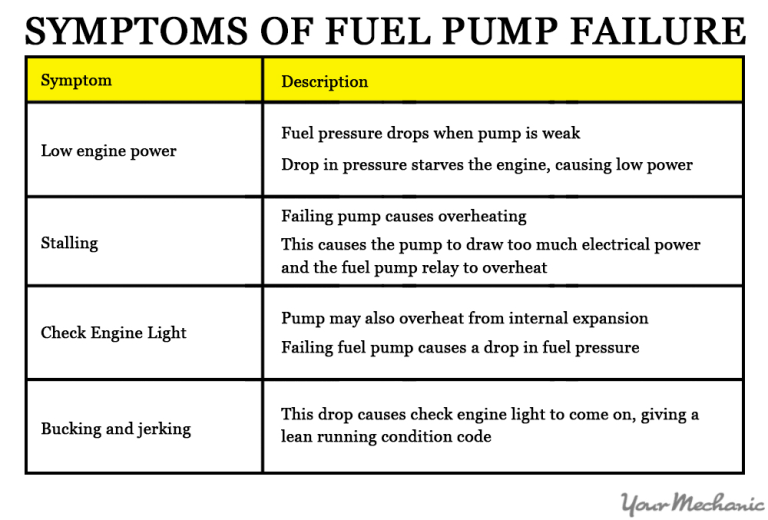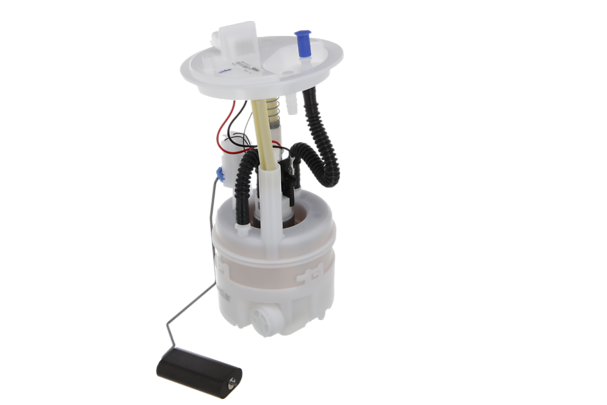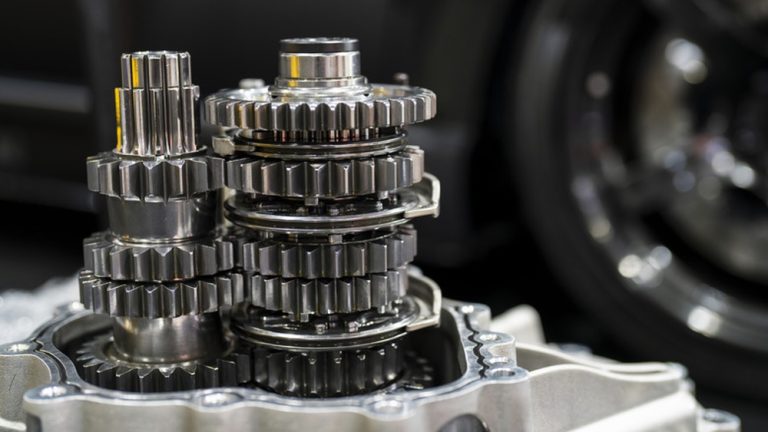Problems After Replacing Car Battery Toyota: Common Issues & Fixes
Have you recently replaced the battery in your Toyota, only to face unexpected issues afterward? You’re not alone.
Swapping out a car battery seems simple, but it can sometimes lead to problems that catch you off guard. From warning lights to electrical glitches, these troubles can be frustrating and confusing. You’ll discover the common problems that happen after a Toyota battery replacement and learn how to fix them quickly.
Keep reading to protect your car and avoid costly mistakes.

Credit: www.reddit.com
Battery Connection Issues
Battery connection issues often cause problems after replacing a Toyota car battery. These problems can stop your car from starting or cause electrical faults. A proper connection is key to ensure your car runs smoothly. Simple mistakes during installation can lead to serious issues.
Loose Terminals
Loose terminals are a common cause of battery problems. When the terminals are not tight, the battery cannot deliver power effectively. This can cause your car to struggle starting or lose power while driving. Always check that the terminals are firmly attached to the battery posts.
Corroded Connectors
Corrosion on battery connectors blocks electrical flow. It looks like a white or green powder around the terminals. This buildup increases resistance and reduces battery performance. Clean the connectors with a brush and a mix of baking soda and water. Keeping connectors clean ensures a good electrical connection.
Incorrect Installation
Incorrect installation may cause serious battery issues. Connecting cables to the wrong terminals can damage the car’s electrical system. Also, using the wrong size battery or a poorly fitting battery tray can cause vibrations. These vibrations loosen connections and reduce battery life. Always follow the Toyota battery installation guide carefully.
Electrical System Malfunctions
Electrical system malfunctions often occur after replacing a Toyota car battery. These issues can confuse many drivers. The electrical parts may act strange or stop working. These problems can affect safety and comfort during driving. Understanding common issues helps to fix them faster.
Dashboard Warning Lights
Dashboard warning lights may turn on unexpectedly. The battery replacement can cause sensors to reset or misread signals. Some warning lights may flash or stay on. This can include check engine or battery symbols. Ignoring these lights can lead to more trouble. Always check the battery connections and fuses first.
Radio And Accessory Failures
Radio and other accessories may stop working after battery change. Power loss or electrical surges can damage these parts. Sometimes, the radio may lose presets or lock settings. Other accessories like power windows or interior lights might fail. Reconnecting the battery incorrectly can cause these issues. Testing accessories after replacement prevents surprises on the road.
Starting Problems
Starting problems can happen even after a new battery is installed. The battery may not be fully charged or connected properly. Faulty starter or alternator issues may also show up. Clicking sounds or slow engine cranks are common signs. Checking battery terminals for corrosion and tightness can help. A quick inspection saves time and avoids towing.
Battery Drain Problems
Battery drain problems can occur after replacing the battery in your Toyota. These issues cause the battery to lose charge quickly. A drained battery leaves you stranded and frustrated. Understanding the common reasons helps fix the problem faster. The following sections explain key causes of battery drain.
Parasitic Draw Causes
Parasitic draw happens when electrical components use power even after the car is off. Some devices like lights or sensors may stay on by mistake. This small power use drains the battery over time. Checking for parasitic draw requires a special tool called a multimeter. Fixing the faulty part stops the battery from draining.
Alternator Issues
The alternator charges the battery while the engine runs. A bad alternator cannot keep the battery full. This causes the battery to run low and fail to start the car. Signs of alternator problems include dim lights and warning signs on the dashboard. Testing the alternator ensures it works properly.
Faulty Electrical Components
Electrical parts may malfunction after battery replacement. Faulty relays, switches, or wiring can cause extra battery drain. These parts might create a short circuit or stay active too long. Inspecting and replacing bad components helps protect the battery life. A healthy electrical system keeps the battery charged and ready.

Credit: www.reddit.com
Compatibility And Quality Concerns
Choosing the right battery for your Toyota matters a lot. Compatibility and quality issues can cause many problems after replacement. A battery that does not fit or work well can lead to poor car performance. Understanding these concerns helps avoid such troubles and keeps your vehicle running smoothly.
Using Non-oem Batteries
Non-OEM batteries may not match Toyota’s exact standards. These batteries often have different materials or build quality. They might not last as long or perform as well. Using them can cause electrical problems or even damage the car’s system. It is safer to select batteries made for Toyota vehicles.
Battery Size And Specifications
Battery size matters for proper installation and function. A battery too big or small will not fit securely. Voltage and cold cranking amps (CCA) must also match your car’s needs. Incorrect specs can cause starting problems or drain the battery fast. Always check your Toyota’s manual for the right battery size and specs.
Warranty And Lifespan
Battery warranty shows the manufacturer’s confidence in their product. Short warranties may indicate lower quality or shorter life. A good battery lasts several years under normal use. Poor-quality batteries often fail early and need frequent replacement. Choose batteries with a clear warranty for better reliability.
Troubleshooting And Maintenance Tips
After replacing your Toyota car battery, some problems may still appear. Knowing how to troubleshoot and maintain the battery can save time and money. Regular care helps keep your car running smoothly and avoids unexpected issues.
Regular Battery Checks
Check your battery every few weeks. Look for corrosion on the terminals. Clean any dirt or rust with a brush. Make sure the battery is tight and secure. Check the battery voltage using a simple tester. A healthy battery usually reads around 12.6 volts.
Professional Diagnostic Tools
Use professional tools to find hidden battery problems. These tools check the battery’s health and charging system. They can detect weak cells or electrical faults. Visit a mechanic or use a diagnostic scanner. This helps find issues early before they cause trouble.
Preventive Measures
Turn off all electrical devices before removing the battery. Avoid leaving lights or electronics on when parked. Drive your car regularly to keep the battery charged. Keep the battery terminals dry and free from corrosion. Store the car in a cool, dry place to extend battery life.

Credit: www.reddit.com
Frequently Asked Questions
Why Does My Toyota Car Battery Drain Quickly After Replacement?
A new battery might drain fast due to faulty alternator or electrical issues in your Toyota.
What Causes Warning Lights After Replacing Toyota Car Battery?
Warning lights can appear if the car’s computer needs resetting after battery replacement.
How To Fix Toyota’s Electrical Problems Post Battery Replacement?
Check battery connections, reset the car’s computer, and inspect fuses for quick fixes.
Conclusion
Replacing a Toyota car battery can bring some unexpected issues. Pay attention to warning signs like dim lights or engine trouble. Always double-check battery connections and clean any corrosion. Reset your car’s electronics after installing the new battery. Taking these steps helps your Toyota run smoothly again.
Stay patient and cautious to avoid common problems. Proper care keeps your car reliable and safe on the road.

